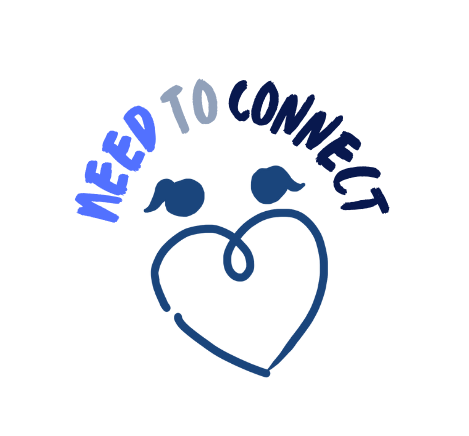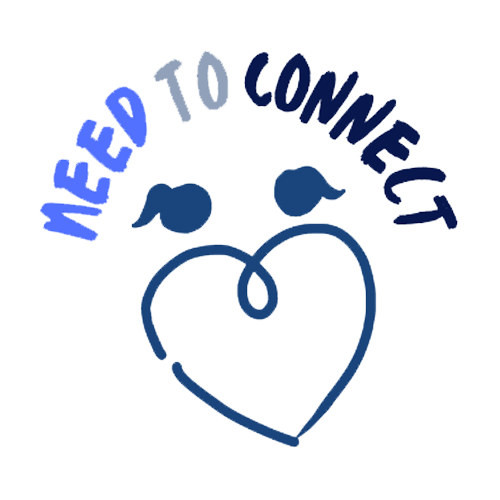MODULE 2
From Unicorn to Wisdom
The aim of this module is to raise awareness on stereotypes, especially regarding the role of mothers, as well as reduce the influence of stereotypes in our daily decisions and expectations set for young mothers. Furthermore, the module focuses on improving critical thinking and analysis.
GROUP ACTIVITIES
Activity 1 – Expectations of a parent
Activity 2 – The world around us
Activity 3 – A collage on perception
SELF-LEARNING
Video – How parents influence Kids’ Gender Roles
PDF – Stereotypes and their background
HOMEWORK
Activity 1 – My own expectations
Activity 2 – The music in me
Activity 3 – My personal stereotype
Group Activities
Activity 1 – Expectations of a parent
Total duration face-to-face: 20-25 mins for 12 participants
Total duration online: 20-25 mins for 12 participants
MATERIALS
Face-to-face: 4 blank sheets of paper, different coloured markers/pens
Online: 4 different writing spaces online, easy to access
Objectives:
- Identification of stereotypes connected to gender, origin, and parents
- Raised awareness of the influence of stereotypes
Preparation: Prepare 4 different blank sheets (poster size) as well as markers in different colours, enough so multiple participants can write at the same time
If online, use online tools (e.g., Padlet, Conceptboard) to prepare 4 spaces to write in instead of the 4 blank sheets.
Description for face-to-face training
Step 1: The facilitator introduces the different blank sheets to the participants. Each of the sheets stand for something different. (5 minutes)
- Sheet 1: What is a man / woman?
- Sheet 2: Expectations due to my origin
- Sheet 3: What is a mother?
- Sheet 4: What is a father?
Step 2: The participants are then split into 4 groups (3 in each group). Each group starts at a different sheet and is asked to add adjectives, feelings, descriptions of what they think defines the respective topic. For example (these examples should only be used as an example and not be already prepared on the sheets by the facilitator):
- What is a woman?
Delicate, bearing children, confident, stubborn, etc. - Expectations due to my origin
Good at math, good at cooking, dangerous, arranged marriage, etc. - What is a mother?
Strict, always there for her children, reading good night stories, cooking meals, etc. - What is a father?
Working to bring money home, relaxing in the evening, reliable, stubborn, etc.
The learners can freely write what they think is expected of them and these roles based on their knowledge and experiences. After 2 minutes each group switches to the next sheet and adds additional expectations, if applicable. (5-10 minutes)
Step 3: After all groups have contributed to all sheets, each group reads the statements on their poster aloud. Learners can then ask questions and discuss the statements with the facilitator asking the following questions:
- “Can you identify yourself with these statements? Do you think you can be defined by them as a person? Are you as the statements say?”
- “Why do you think such things are expected of these roles/people?”
- “Do you think some of these statements might look different in another country?”
- “If you could add 1 more statement to each of the posters with something you wish would be identified with these roles, what would it be?”
Description for online training
The activity can be implemented online via digital tools, e.g., Zoom or Skype, etc.
Step 1: Same as in face-to-face implementation.
Step 2: The participants are then asked to add adjectives, feelings, descriptions of what they think defines the respective topic, for 5-10 minutes. For example (these examples should only be used as an example and not be already prepared in the spaces by the facilitator):
- What is a woman?
Delicate, bearing children, confident, stubborn, etc. - Expectations due to my origin
Good at math, good at cooking, dangerous, arranged marriage, etc. - What is a mother?
Strict, always there for her children, reading good night stories, cooking meals, etc. - What is a father?
Working to bring money home, relaxing in the evening, reliable, stubborn, etc.
The learners can freely write what they think is expected of them and these roles based on their knowledge and experiences. (5-10 minutes)
Step 3: After all participants have contributed to the spaces, four participants read the statements in each space aloud. Learners can then ask questions and discuss the statements with the facilitator asking the following questions:
- “Can you identify yourself with these statements? Do you think you can be defined by them as a person? Are you as the statements say?”
- “Why do you think such things are expected of these roles/people?”
- “Do you think some of these statements might look different in another country?”
- “If you could add 1 more statement to each of the posters with something you wish would be identified with these roles, what would it be?”
Activity 2 – The world around us
Total duration face-to-face: 25-30 mins for 12 participants
Total duration online: 25-30 mins for 12 participants
MATERIALS
Face-to-face: Materials which are to be discussed in the activity
Online: Materials which are to be discussed in the activity
Objectives:
- Identification of stereotypes connected to parenthood
- Raised awareness of the influence of stereotypes about mothers
- Improved self-awareness and confidence in overcoming stereotypes
- Improved critical thinking and analysis
Preparation: Prepare 1-2 video clips, book excerpts, 3-4 photographs from magazines OR music videos, to show and discuss in the activity, depending on what is available. The content should portray two different images of mothers (one of them a stereotypical portrayal).
Description for face-to-face training
Step 1: The facilitator shows the first relevant materials to the learners. This can be a video clip, a music video, an advertisement from a magazine, etc. The mother in the materials should be portrayed in a country-stereotypical image (e.g., playing with dolls with her daughter, cooking meals while the father is working, etc.)
Step 2: The facilitator asks the learners to describe what they see. Afterwards the facilitator discusses the following questions with the learners:
- “Do you think this portrayal is realistic? Do you see yourself and other people you know in this image?”
- “Why do you think it is portrayed like this?”
- “How would you change the image to be more realistic and to see yourself in it?”
Step 3: The facilitator shows the next clip or next materials and again lets the participants describe what they see and this times asks the following questions:
- “Is this portrayal different from before? In what way?
- “Do you think this portrayal is more like yourself?”
- “How would you change the image to be more realistic and to see yourself in it?”
Step 4: This continues until all materials have been looked at and analysed. If the facilitator includes more materials than stated above, please account for additional time needed for the activity.
Description for online training
The steps are implemented via online tools, e.g., Zoom or Skype. The steps can be followed as above, materials shall be presented in digital format, through links and screen sharing.
Activity 3 – A collage on perception
Total duration face-to-face: 45 mins for 12 participants
Total duration online: 45 mins – 1 hour for 12 participants
MATERIALS
Face-to-face: Glue, blank paper, old magazines, books, advertisements, etc., markers, coloured pens
Objectives:
- Improved self-confidence and awareness
- Overcoming stereotypes and role expectations from others
Preparation: Blank sheets of paper, glue, coloured pens and markers, magazines, advertisements, books (with pictures) which can be cut up, scissors
If online: blank space for each group to add their pictures in
Description for face-to-face training
Step 1: The learners are split into groups of 3-4 people. Each group receives a set of scissors, glue, a blank sheet of paper, and materials they can go through and cut up (magazines, books with pictures, etc.) (5 mins)
Step 2: The groups are then asked to make a collage of what they want to be seen as when people look at them, instead of what is expected of them. The collages should represent them, their life style, their environment, their likes and dislikes, their hobbies, their interests, and their beliefs. (30 mins)
Step 3: Each group is tasked with presenting their group collage to the others and explain why they chose to make the collage as it is. (10 mins)
Description for online training
The steps are implemented via online tools, e.g., Zoom or Skype.
Step 1: The facilitator splits the learners into smaller groups (this can be implemented online via Breakout rooms or by each group starting their own group call for the 30 mins). The facilitator then shows the group how to take screenshots or cut out images from online images.
Step 2: Each group gets together and makes their own digital collage in an online space provided by the facilitator or via a digital tool, like Word, PowerPoint, Paint, etc.
They can add screenshots, cut-outs, images, things they can find online. The collage they make shall represent what they want to be seen as when people look at them, instead of what is expected of them. The collages should represent them, their life style, their environment, their likes and dislikes, their hobbies, their interests, and their beliefs.
Step 3: The groups come back together and each group presents their collage to the rest, explaining what they added and why they created it like this.
SELF-LEARNING
Video – How parents influence Kids’ Gender Roles
PDF – Stereotypes and their background
Homework
The following activities can be done as a homework to apply the learned content in practice and daily life.
Activity 1 – My own expectations
Objectives: Improve self-confidence and self awareness, and overcome stereotypes
Activity 2 – The music in me
Objectives: Improve critical thinking and self-confidence; overcome stereotypes and deceiving role models
Activity 3 – My personal stereotype
Objectives: Foster critical thinking and confidence; overcome personal, relatable, and directly applicable stereotypes



